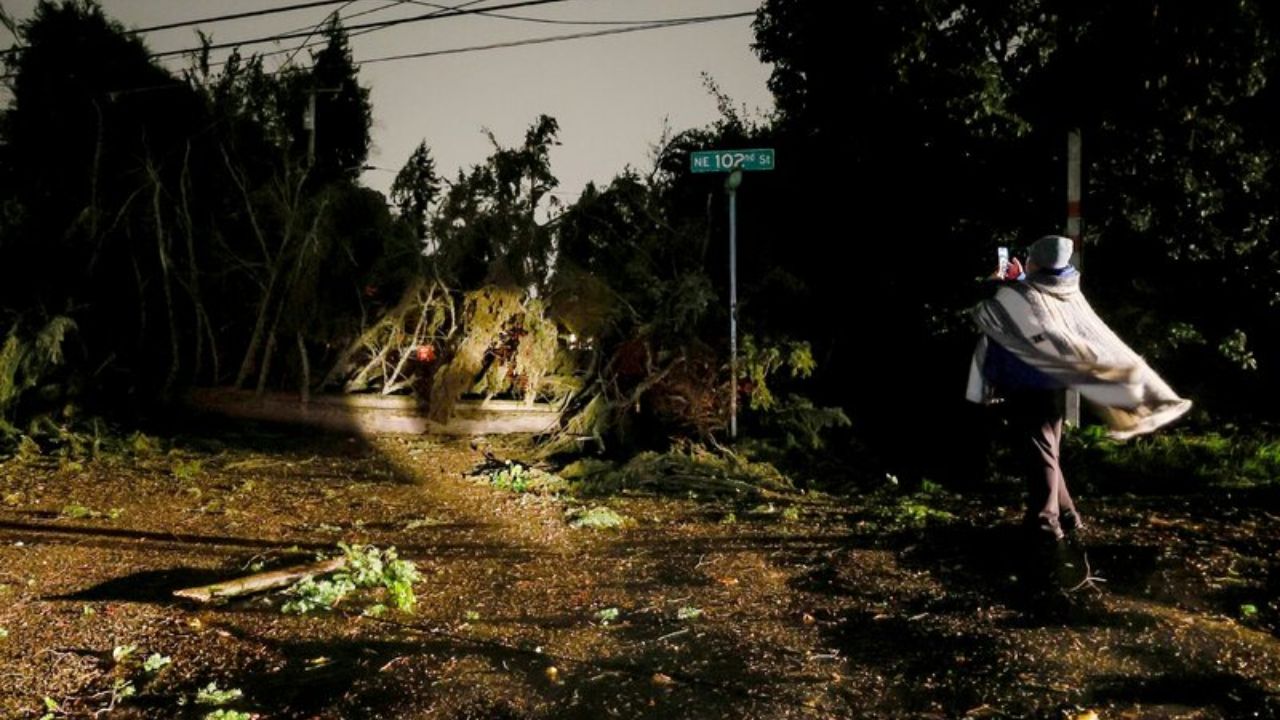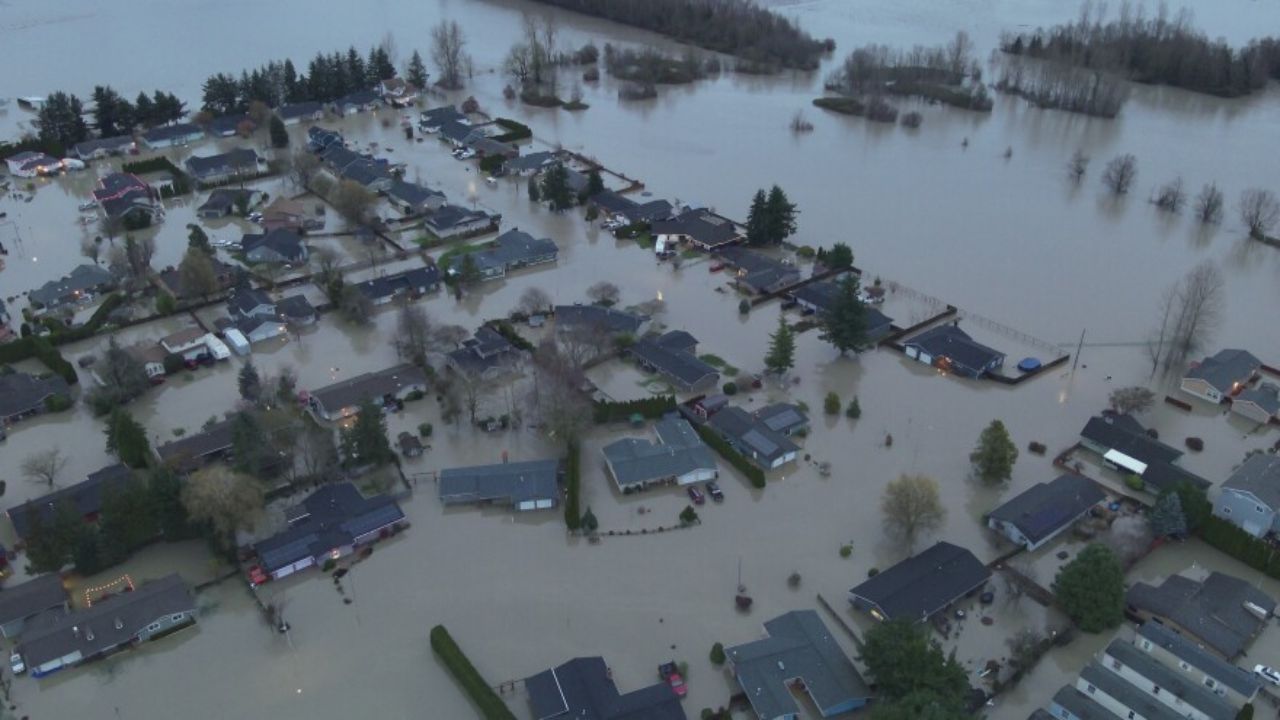When French President Emmanuel Macron visited the White House in February, Donald Trump was confident. He told the press he could end the war in Ukraine. “I do deals. That’s what I do,” he said. “I know when someone wants peace and when someone doesn’t.” He made it sound simple.
But now, just two months later, Trump is struggling to make progress. Not one, not two, but three major foreign policy deals are either failing or already dead.
Ukraine is the most visible example. Trump had promised to end the war in 24 hours if elected again, suggesting he could do what Biden couldn’t.
To his credit, he started fast. He called Russian President Vladimir Putin and Ukrainian President Volodymyr Zelensky and sent his top advisers to meet world leaders to push for short-term ceasefires.
But ending wars is not just about talking. It’s about timing, trust, and willingness from both sides. That’s where things fell apart.
In mid-March, Putin shut down a 30-day unconditional ceasefire plan between Ukraine and Russia. He raised so many questions that the deal collapsed even before it began. Later, a proposed Black Sea truce also failed.
Both Putin and Zelensky disagreed on what the deal meant, and the Kremlin refused to move forward unless Russian banks were reconnected to the SWIFT system.
Trump, known for being impatient, seems tired of the delays. The US reportedly offered a seven-point plan, freezing battle lines and officially handing Crimea to Russia. It seems like a final offer.
But Trump’s recent criticism of both Putin and Zelensky suggests he may believe neither leader is ready to talk seriously.
If Ukraine peace talks are close to dead, the Gaza situation is even worse. Not long ago, Trump and his envoy Steve Witkoff pushed Israel to accept a three-stage ceasefire. Israeli Prime Minister Benjamin Netanyahu agreed—not because he liked the idea, but because he didn’t want to upset Trump.

But Netanyahu never really supported the deal. His political partners believe that only military force can destroy Hamas and free the hostages.
Trump, meanwhile, seemed to lose interest. When Netanyahu resumed attacks after the first phase of the agreement, Trump didn’t object, even though it weakened the deal he had helped broker.
Trump’s trade efforts are also stuck. Talks with countries like the UK, India, Japan, and South Korea are moving slowly, but China is a different story.
Trump raised tariffs on Chinese goods by 145%, hoping to force President Xi Jinping to the table. Instead, Xi has stayed away. He’s focused on making China stronger and is unlikely to back down under pressure.
Now, it seems Trump is the one pushing for a deal. He told reporters this week, “We are going to have a fair deal with China,” and even said tariffs might be reduced.
He didn’t explain if this was a new offer or just a message to get China talking again. But Beijing may see this as a sign that its strategy of holding firm is working.
It’s easy to blame Trump for these failures. He is the president, and his style is clear—he wants fast wins and big headlines. He often cares more about how things look than how they work. He doesn’t seem interested in the complex details that real diplomacy needs.
But these challenges are not just about Trump. They show how much the world has changed. Yes, the US is still powerful—militarily and economically—but it can’t force every country to agree or follow its lead. Every nation has its priorities and lines it won’t cross.
For Russia, losing in Ukraine is not an option. For Israel, allowing Hamas to survive is unacceptable. And for China, anything that looks like disrespect or being economically dominated is a red line.
A good president needs to understand this. Success in global politics means working within these boundaries. If not, even the biggest efforts can lead to frustration and failure.
Disclaimer- Our team has thoroughly fact-checked this article to ensure its accuracy and maintain its credibility. We are committed to providing honest and reliable content for our readers.






